Presidential candidate Ferdinand Marcos, Jr. had recently articulated his support for reversing the rice tariffication law (RTL). He decried the so-called many “unintended consequences” of RTL for the country’s rice farmers. He said his government would usher back the old policy of using rice imports as a last resort to protect rice farmers. He wants the National Food Authority (NFA) to resume its role not just as a rice importer but also a regulator of rice prices.
The RTL or Republic Act 11203, enacted nearly two years ago, liberalized rice imports, ending the nearly half a century of the NFA’s monopoly of rice imports. It lowered import tariffs on rice from 50% to the country’s ASEAN rate of 35% and made the NFA, powerful food price regulator, into a mere trader and keeper of the country’s emergency rice stocks.
Those who have opposed RTL, like the Federation of Free Farmers (FFF), continue to push for reversing the law. FFF have argued that the net gain of RTL to all Filipinos, while positive, comes at the expense of rice farmers and favors rice importers and wholesalers/retailers. Not even consumers, on whose behalf the RTL was enacted to reduce rice price inflation, have registered significant gains, garnering only nearly a quarter of a billion pesos yearly. The number pales in comparison with the losses of rice farmers which FFF estimated at about P40.34 billion. Even rice millers lost. The biggest gains went to importers and traders, who siphoned off about P57 billion yearly.
Studies on the impact of RTL, which make use of economic models of the country — like Balié, J. and Valera, G., 20201; Perez, N. Pradesha, A. 20192; Cororaton, C., and K. Yu., 20193; and Briones, R. 20184 – had found that the net gain to Filipinos is positive. Rice farmers lose from rice tariffication, but this is more than offset by the gains of rice consumers, who include rice farmers. Balié, J. and Valera, G., 2020 estimated that 89% of Filipinos are net buyers of rice.
The other group of studies is comprised of ex-post assessments on the economic impact of RTL on various stakeholders. PhilRice (2019)5 estimated that around 1.6 million or 55% of rice farming households are smallholders, growing rice on smaller than a hectare field. This implies that although over half of the country’s farmers might have lost from lower farm prices during harvest because of the reform, they nonetheless gain as rice consumers in the rest of the year as consumers.
Adriano, K. et al. (2020)6 focused on the impact of RTL on inflation rate, which peaked at more than 6% in the third quarter of 2018 due largely to the delayed and limited rice imports. In just two quarters of RTL implementation in 2019, the inflation rate significantly dropped to its lowest level at less than 2%, as rice constitutes almost 10 percentage points in the computation of the consumer price index.
Do rice farmers have to lose for the rest of society to gain from RTL? No, not all rice farmers lose, only those farm households who are net sellers of rice since RTL lowered the protection accorded to rice farmers. The majority of rice farm households gained since they are more rice consumers in most times of a year as PhilRice has noted.
There are two things we can do to cushion the losses of rice farmers due to RTL, but those exclude reversing RTL. Restoring rice trade protection will come at the expense of rice consumers, majority of whom are poor. According to Adriano et al. (2020), the highest retail price of regular milled rice in 2018 averaged around P45 per kilogram. Immediately after the RTL passage, the price went down to an average of P37 from September to December 2019. That is a significant help to the majority of the voting population of the country and their families.
One way to cushion farmers’ losses, which is done by RTL, is to use the tariff revenues from rice imports to invest in raising the productivity of rice farmers. RTL created the Rice Competitiveness Enhancement Fund or RCEF. While several analysts had criticized how RCEF had been designed, having the fund is already a good start at ensuring rice farmers can increase productivity.
Higher rice productivity can undo the current disadvantage of rice farmers with production costs remaining high, even as return to rice farming had gone down because of RTL. FFF National Chairman Raul Montemayor, citing a survey they made of rice production costs in several places of the country, decried the net income squeeze RTL had induced. But with higher yields, rice farmers can regain partly the loss they suffer from reduced trade protection.
Production costs can go down. RCEF can be more effective in raising productivity if rice farms are clustered or larger because of scale economies. About half of the fund is devoted to mechanization, the incremental productivity of which is higher with larger farms.
Per hectare production costs are high because of rice farm fragmentation, thanks to the comprehensive agrarian reform program (CARP). CARP has forced rice farmers to become small holders, and thus their leverage for reducing production costs has been greatly reduced. The government may consider promoting the clustering of rice farms into cooperative farming as a condition for them getting RCEF assistance. Perhaps, we can also consider getting rid of the ceiling farm size of five hectares under CARP in order to reduce production costs.
The second way is to modernize rice milling and domestic trading. Jandoc and Roumasset (2019)7 had observed that the larger share of the higher price that consumers pay for rice goes to traders and millers, not to rice farmers. If the government reverses the RTL, the higher protection would only sustain the low productivity in rice milling and trading. The two authors estimated that about three-fourths of the price did not go to rice farmers, but to rice traders and millers.
If we use part of RCEF to modernize rice milling, that could significantly increase the farmgate price of palay (unmilled rice). The losses of rice millers that the FFF had noted could reflect that rice mills with relatively low milling conversion rates had to exit the business because of RTL. That can be undone with investments in more efficient rice mills.
In RTL, we have the opportunity of modernizing our rice industry. With rice trade liberalization, consumers are already benefiting from lower rice prices, and we don’t have to spend taxpayer money to sustain the operation of the NFA. We need, however, to raise productivity of rice farming and milling efficiency to cushion if not to completely offset the losses of rice farmers and millers. RCEF investments, farm clustering, getting rid of land market restrictions under CARP, and investments in modern rice mills can make the good vision of RTL happen.
1 See Balié, J., Valera, G. 2020. Domestic and international impact of the rice trade policy reform in the Philippines. Food Policy 92. www.elsevier.com/locate/foodpol.
2 See Perez, N. Pradesha, A. 2019. Philippine rice trade liberalization: Impacts on agriculture and the economy, and alternative policy actions. NEDA-IFPRI Policy Studies June 2019. Washington, DC: International Food Policy Research Institute (IFPRI).
3 See Cororaton, C., & K. Yu. 2019. Assessing the Poverty and Distributional Impact of Alternative Rice Policies in the Philippines. DLSU Business & Economics Review 28(2): 1.
4 Briones, R. 2018. Scenarios for the Philippine Agri-Food System with and without Tariffication: Application of a CGE model with Endogenous Area Allocation. Discussion Paper Series No. 2018-51. Quezon City: PIDS.
5 PhilRice. (2019). Rice Tariffication Law (Republic Act 11203). FAQs Rice Competitiveness Enhancement Fund (RCEF), Series no. 2. Retrieved from https://www.philrice.gov.ph/wp-content/uploads/2019/09/RCEF_FAQ02-RiceTariff.pdf.
6 Adriano, F., Adriano, L., Adriano, K. 2020. Philippine Rice Tariffication Law — A year and a half later: Challenges and Opportunities. ADB paper, unpublished.
7 Jandoc, K. and Roummaset, J. 2018. Rice Tariffication and its Role in Reducing Rice Prices. Unpublished paper.
Ramon L. Clarete is a professor at the University of the Philippines School of Economics.


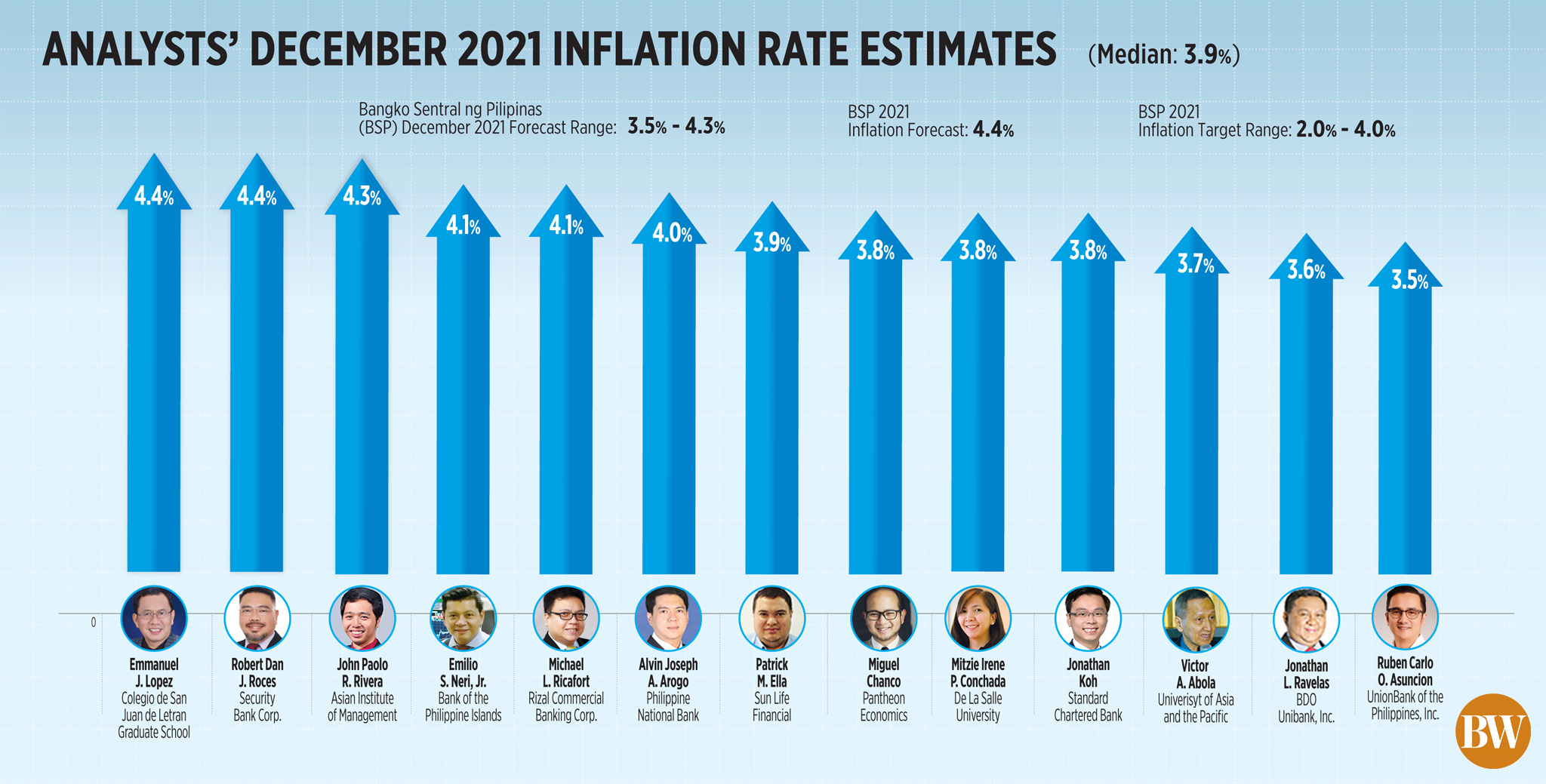
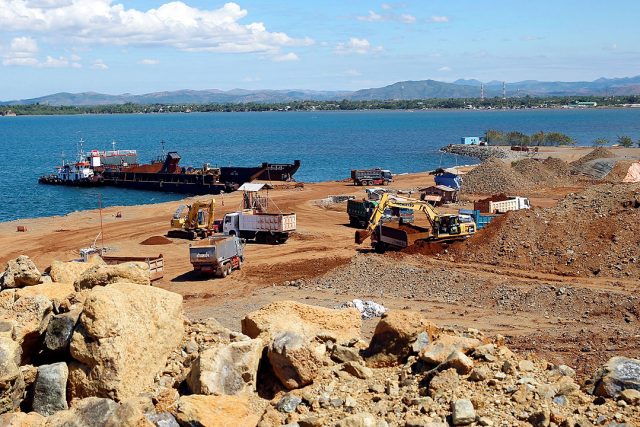

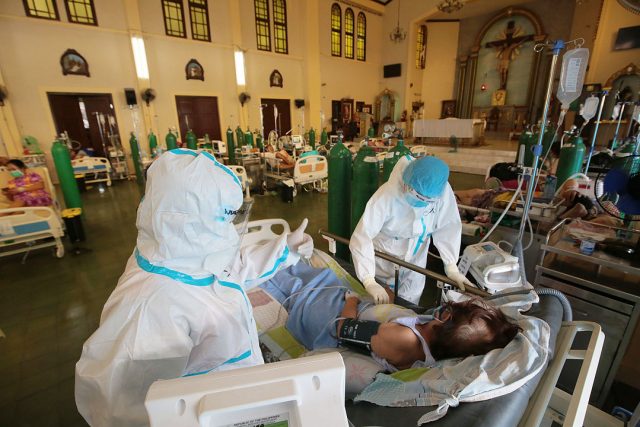

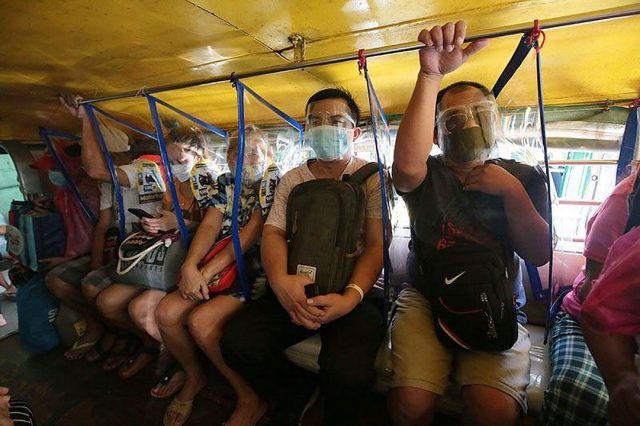


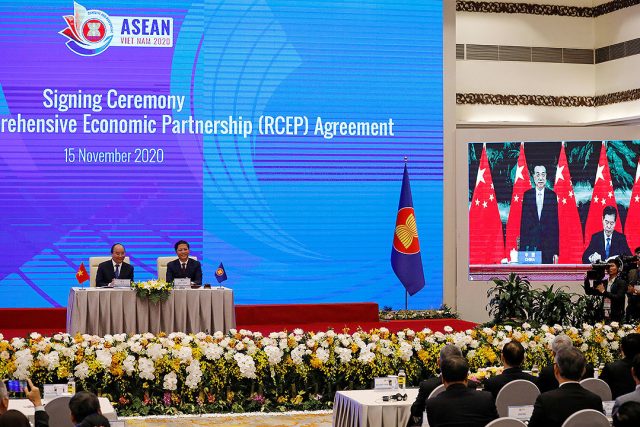
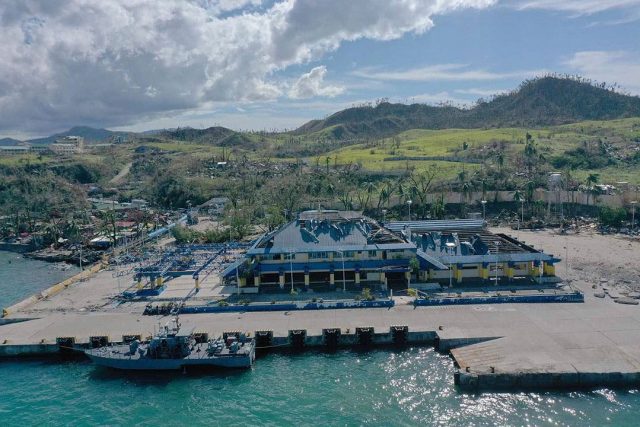
![Leni-Gerona-Robredo-on-Facebook]](https://www.bworldonline.com/wp-content/uploads/2021/12/Leni-Gerona-Robredo-on-Facebook-640x426.jpg)

